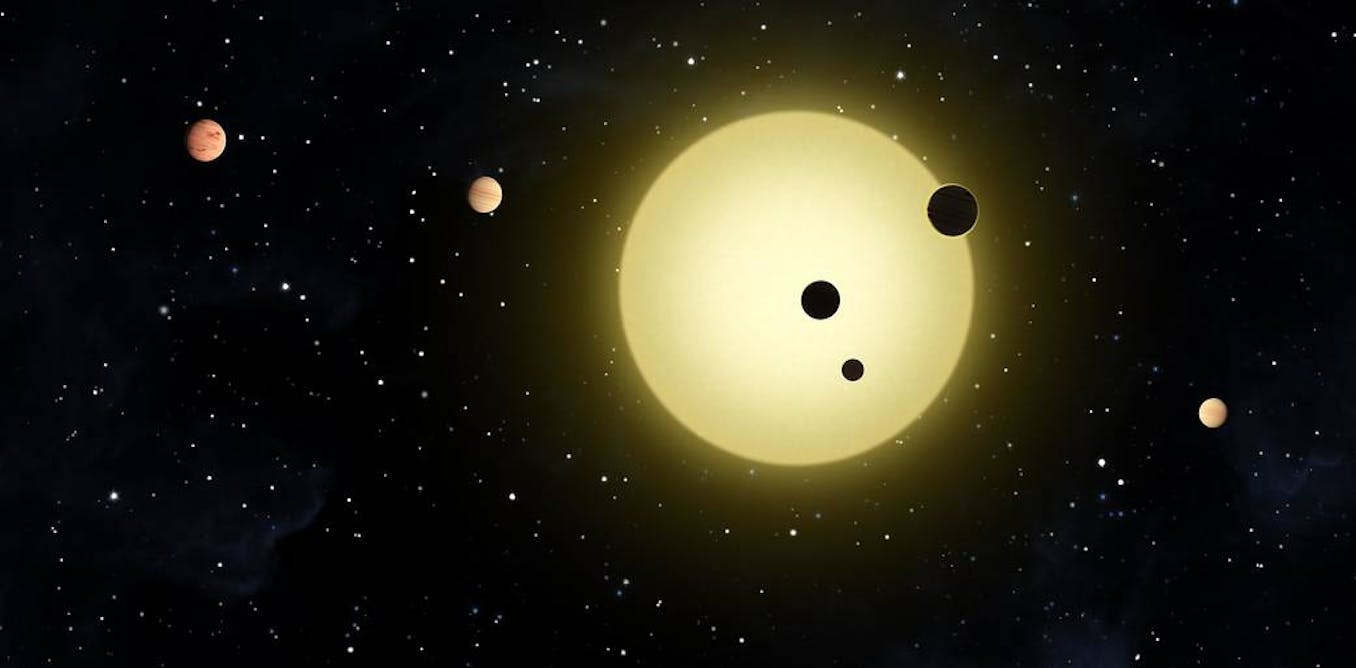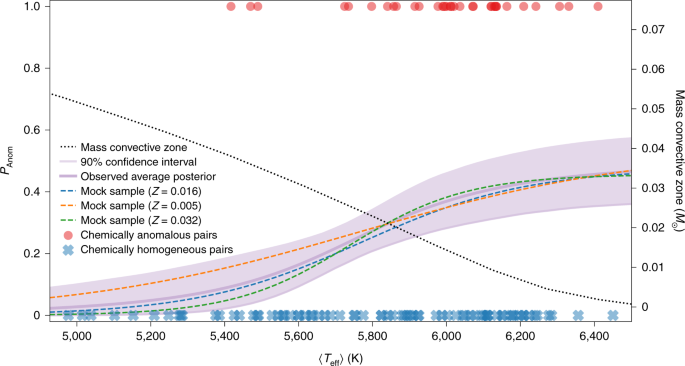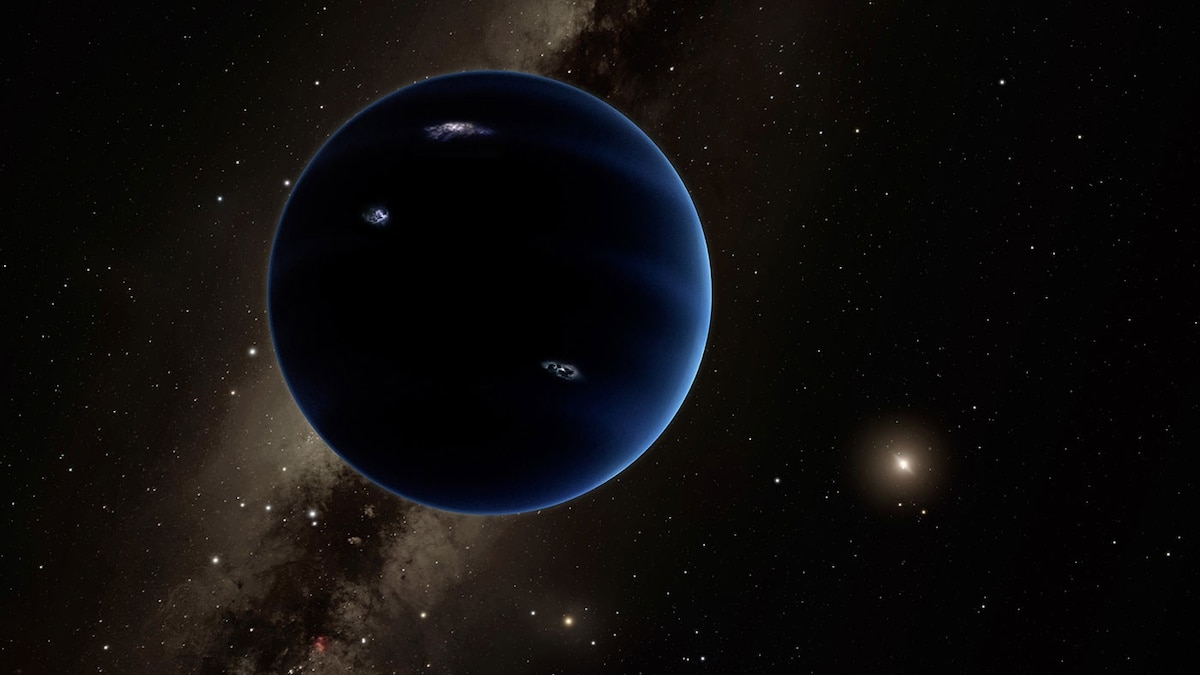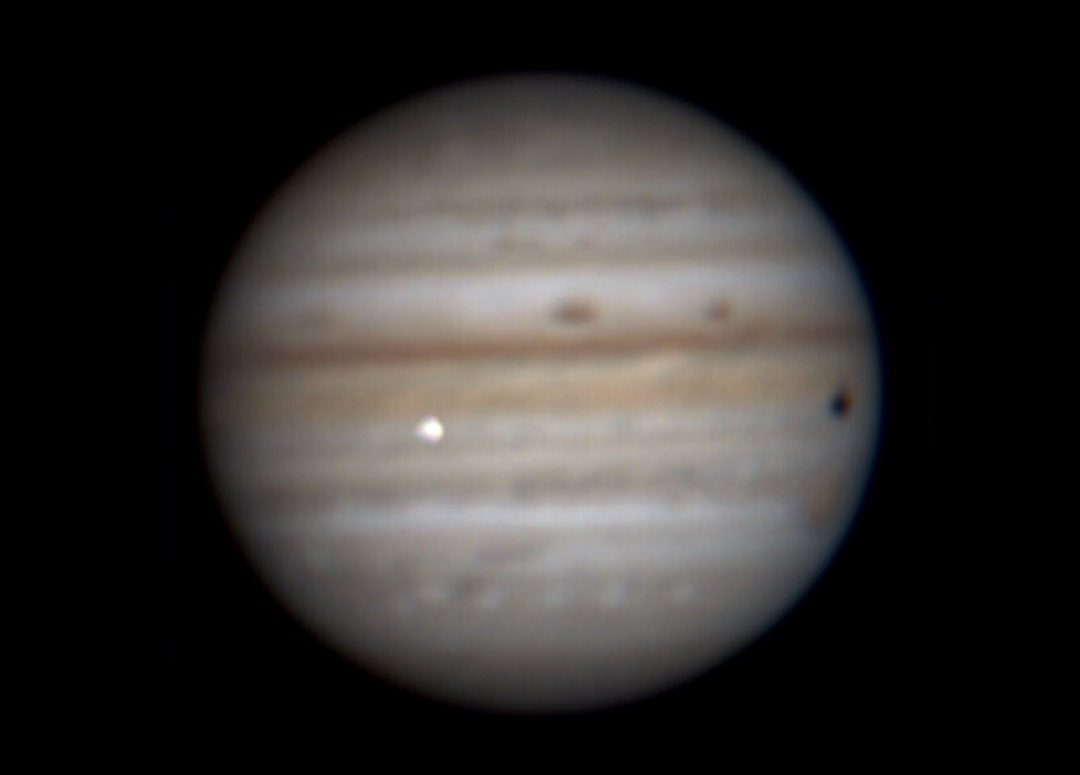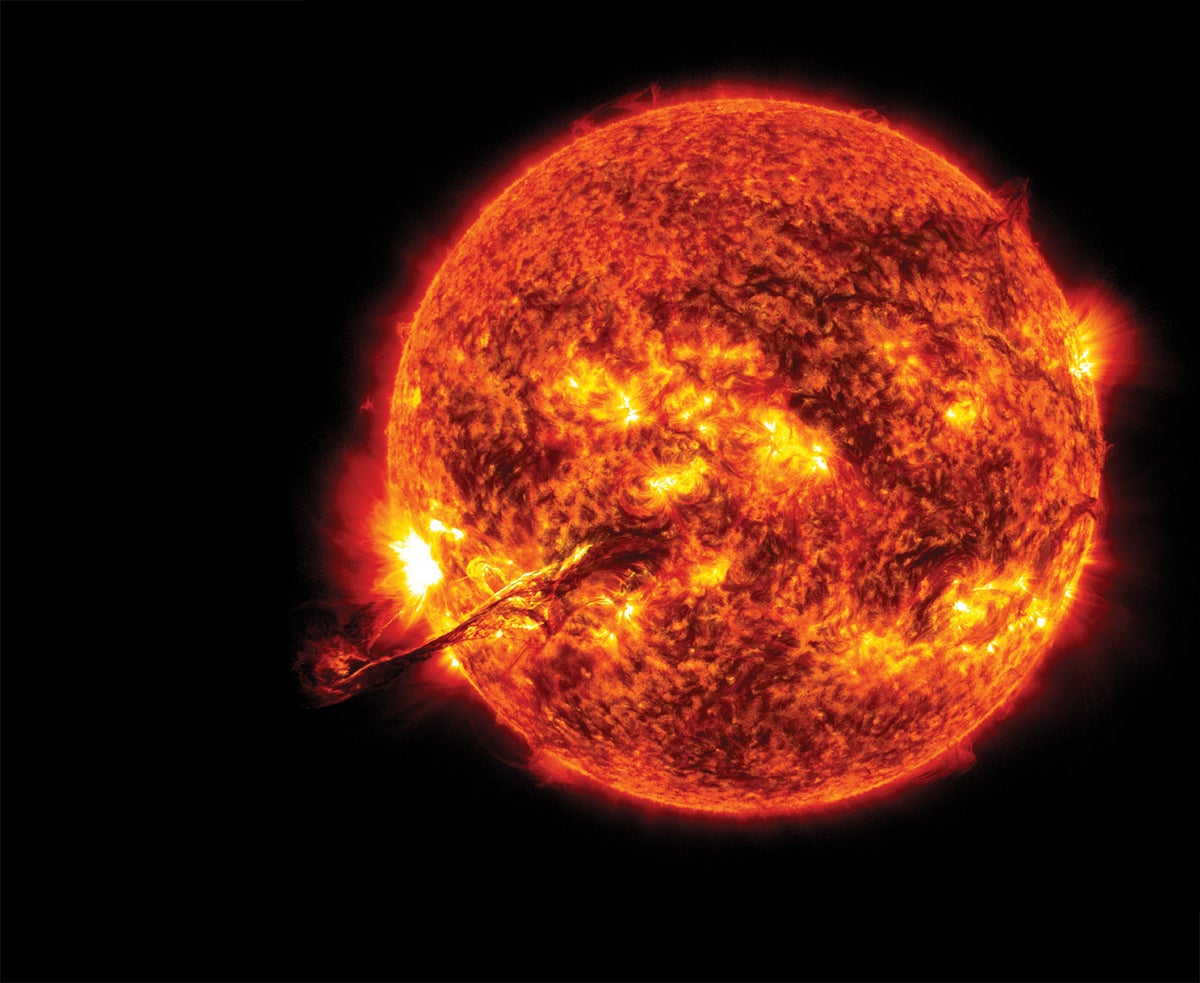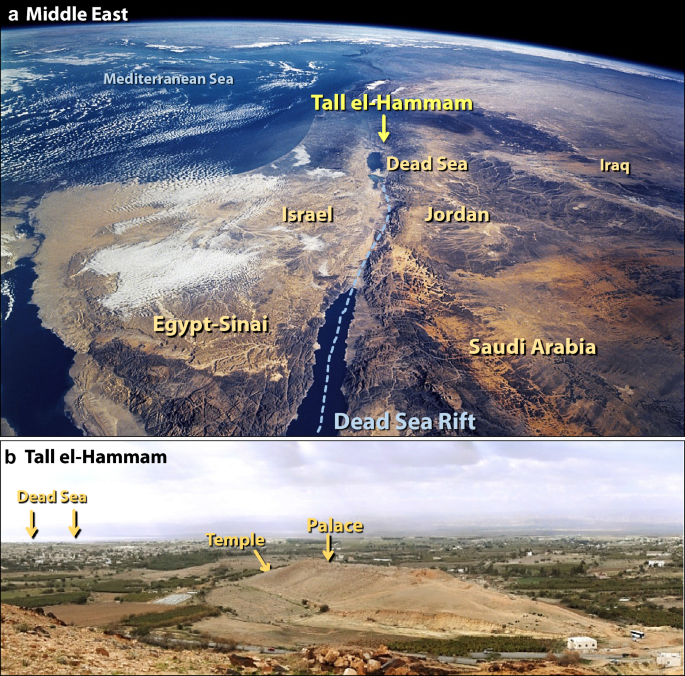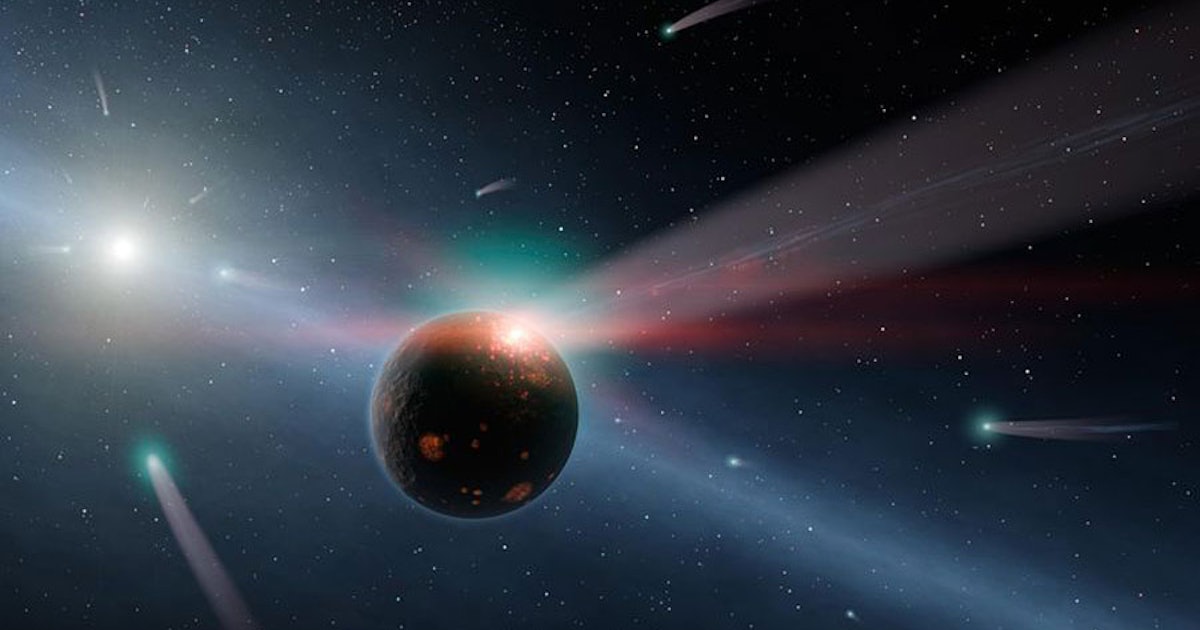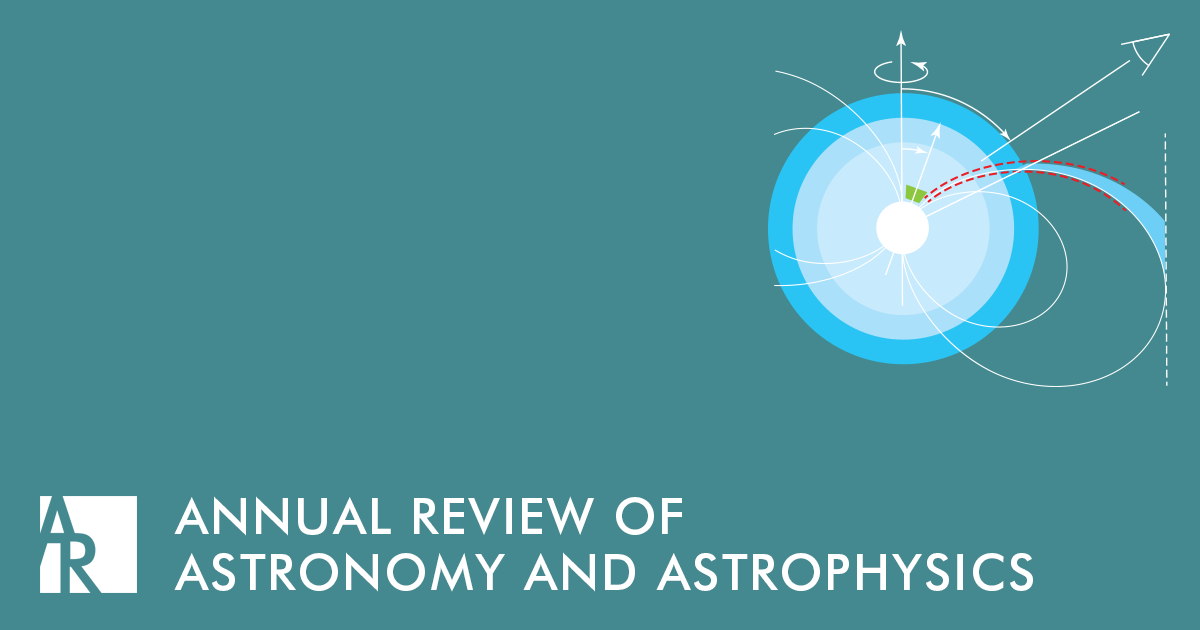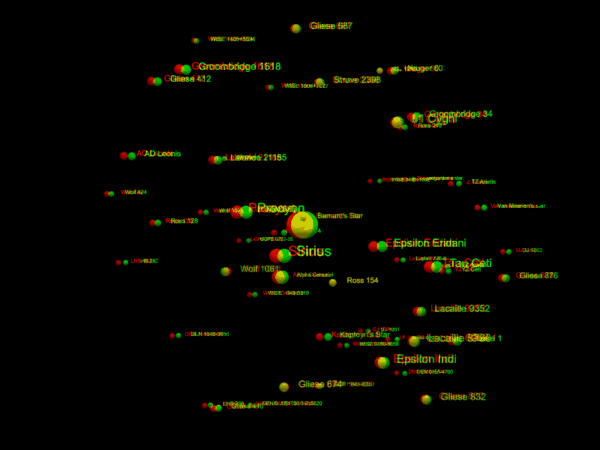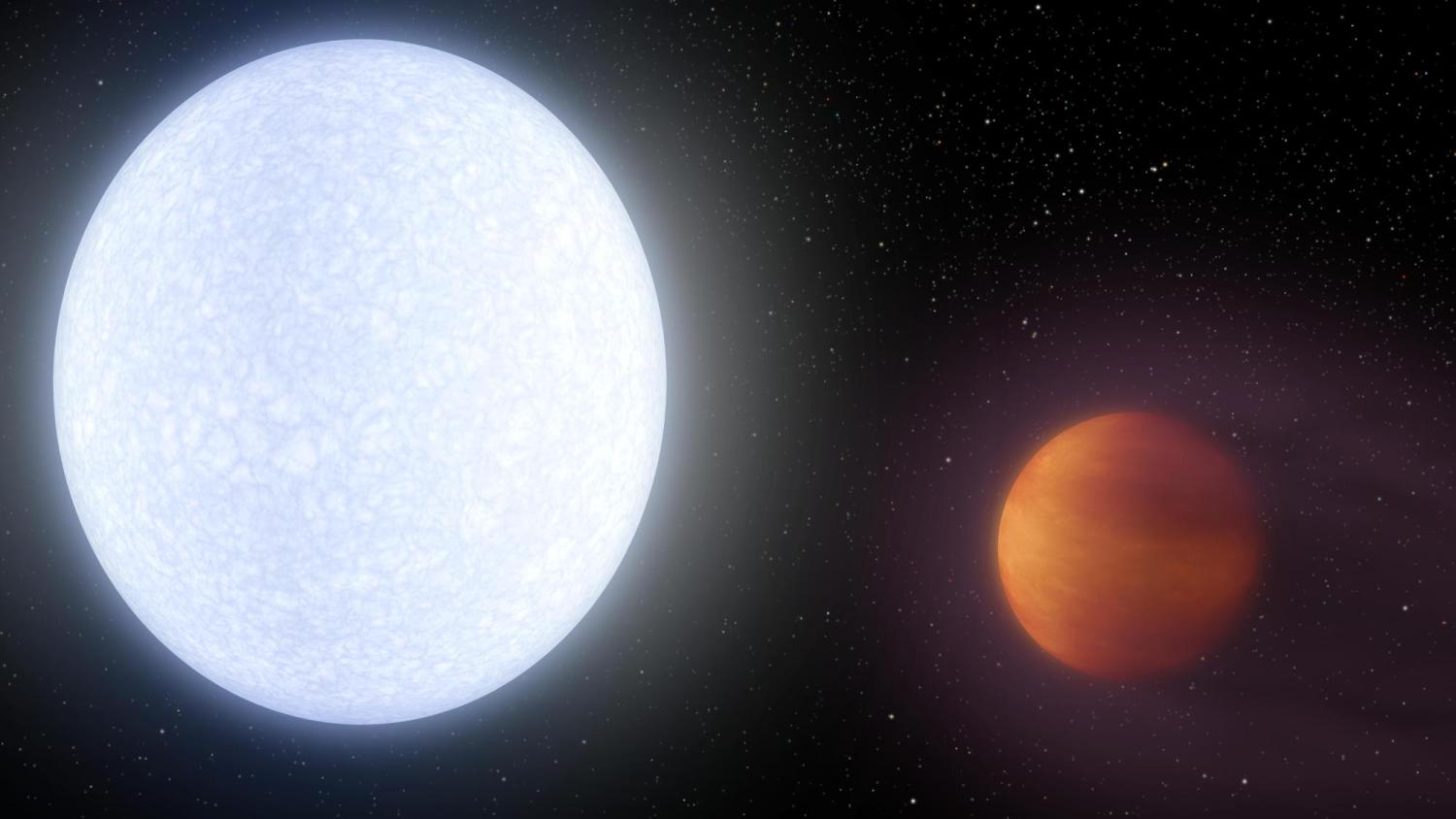- Joined
- 21 January 2015
- Messages
- 12,150
- Reaction score
- 16,354
About 66 million years ago, an estimated 6-mile-wide (9.6 kilometers) object slammed into Earth, triggering a cataclysmic series of events that resulted in the demise of non-avian dinosaurs.
Now, scientists think they know where that object came from.
According to new research, the impact was caused by a giant dark primitive asteroid from the outer reaches of the solar system's main asteroid belt, situated between Mars and Jupiter. This region is home to many dark asteroids — space rocks with a chemical makeup that makes them appear darker (reflecting very little light) compared with other types of asteroids.
Simulating over hundreds of millions of years, the model showed thermal forces and gravitational tugs from planets periodically slingshotting large asteroids out of the belt. On average, an asteroid more than 6 miles wide from the outer edge of the belt was flung into a collision course with Earth once every 250 million years, the researchers found. This calculation makes such an event five times more common than previously thought and consistent with the Chicxulub crater created just 66 million years ago, which is the only known impact crater thought to have been produced by such a large asteroid in the last 250 million years. Furthermore, the model looked at the distribution of "dark" and "light" impactors in the asteroid belt and showed half of the expelled asteroids were the dark carbonaceous chondrites, which matches the type thought to have caused Chicxulub crater.
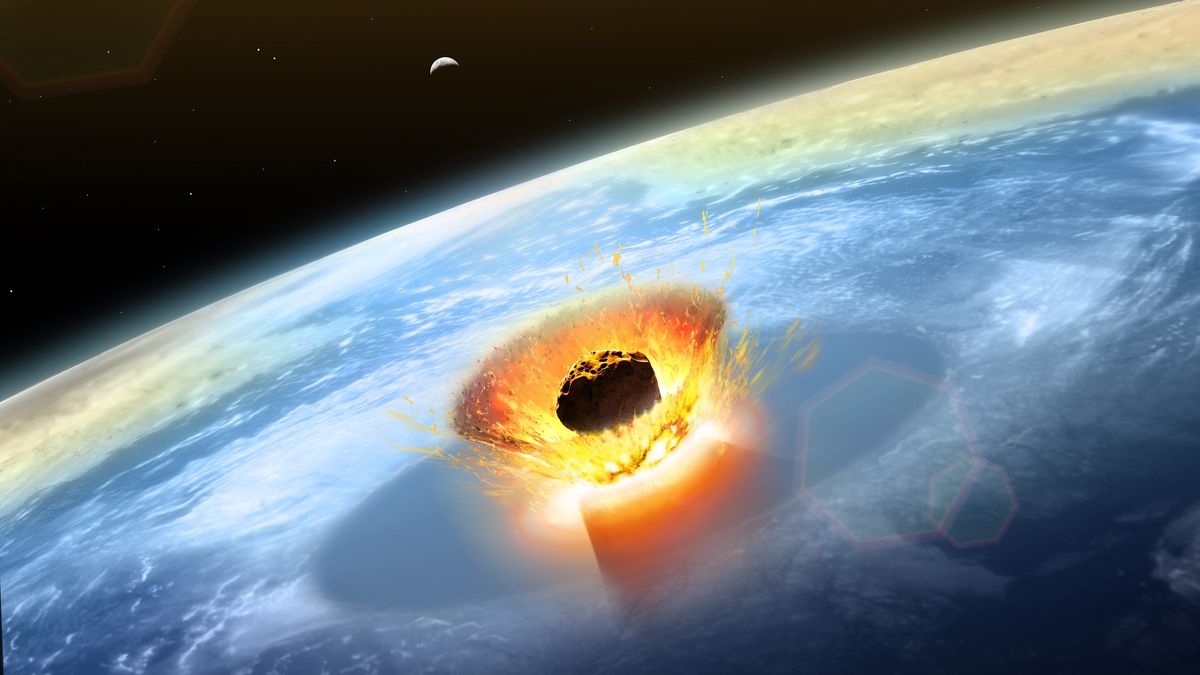
Origin of dinosaur-ending asteroid possibly found. And it's dark.
Scientists figured out what slammed into Earth and killed the dinosaurs 66 million years ago: a giant dark primitive asteroid from the outer reaches of the solar system's main asteroid belt.







